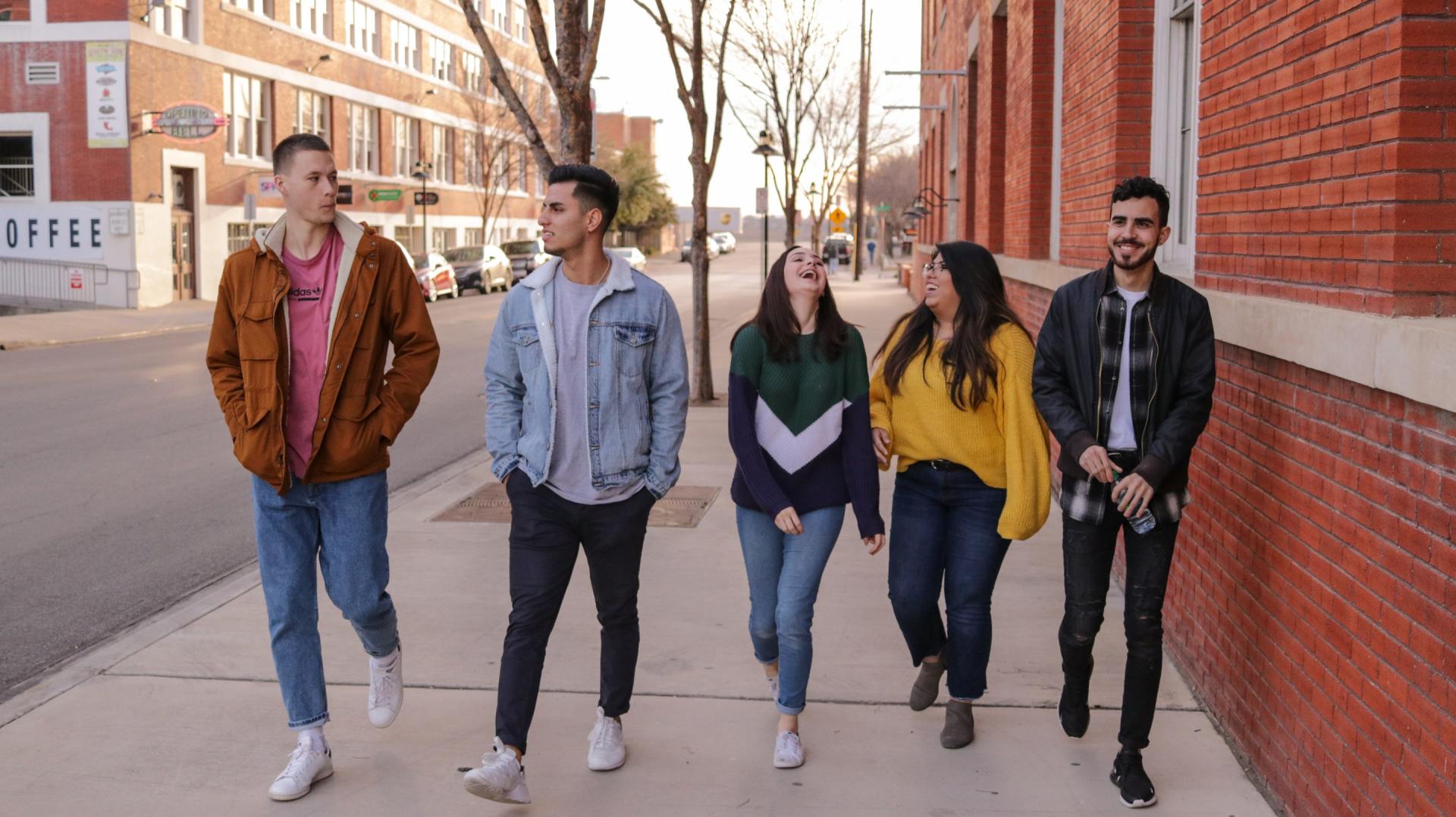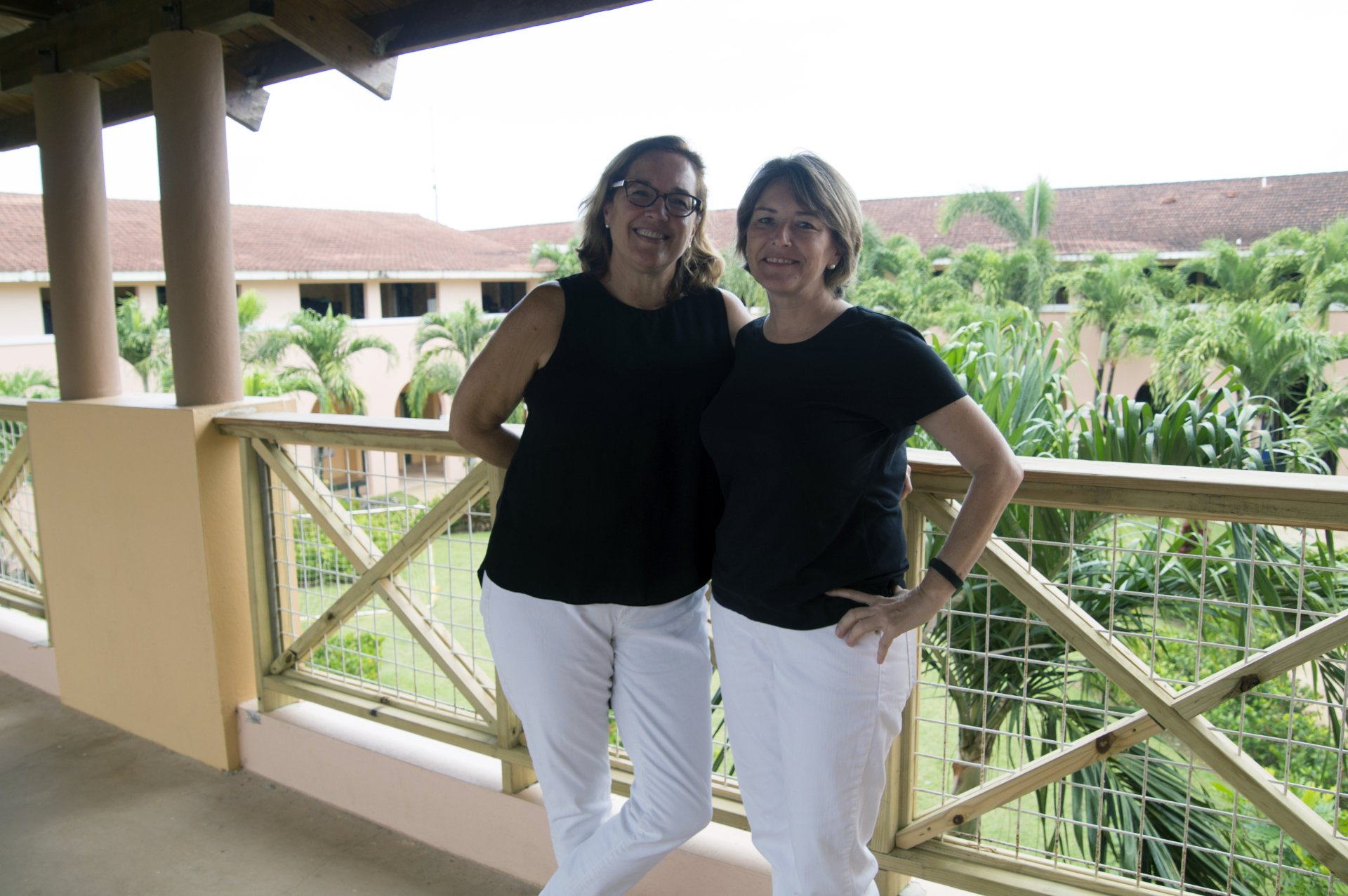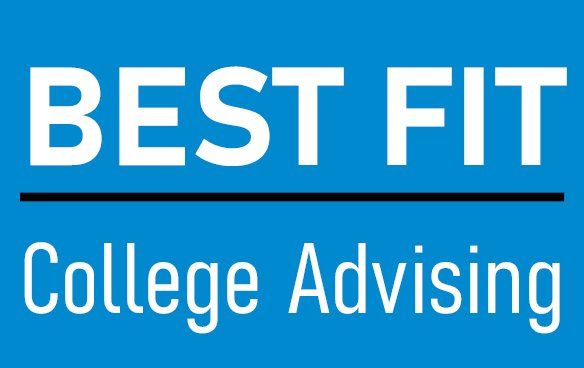If you have been reading along, you know I’ve discussed several approaches to the main college essay. But what if you’re fortunate enough that you don’t have great life challenges to write about and you don’t know what you want to do with your life? In that case, fall back on the old writer’s advice and write what you know: yourself and how you came to be yourself.
What colleges most want to gain from your essay is not more accomplishments to add to your checklist but rather an understanding of why the things already on your checklist are important to you or how you came to be the person you are today. They want to know why
you do the things you do and what you might be like as a student on their campus.
There are many ways to tell the story of you, and the best is in your voice, about the things that matter to you. You can write about a single story that is meaningful to you, but sometimes it’s more effective to put together a little collection of anecdotes that highlight three or four of the things that you most value or the characteristics that you most want to share with colleges.
It's one thing to put ten items on your activities list and it’s quite another to write an identity essay that brings three or four or five elements of who you are to life. You might write about yourself in terms of your ethnicity, status as a family member, interesting hobby and unusual quirk, with a paragraph devoted to each. What’s most important is that each story tells something important about you and how you think or why you did something. It should give insight into who you are as a person. If you can figure out a common thread or link among the stories, you’ll have a stand-out essay!
This type of essay is often the hardest to start because you don’t know exactly where it’s going. I recommend that you start somewhere after the beginning and let the essay grow from there. When I (finally) wrote my book, I stared at the title page for more time than I care to admit! Then I toyed with an outline for a bit, but that was just procrastinating. What finally got me going was when I decided to jump into my favorite part of the book, the part I had been writing in my head for several years.
Starting in the middle unleashed my creative juices and I was off! Grammarly and I disagree on certain things, such as the Oxford comma, but we agreed that for several months I was a writing machine! I wrote chapters 8 and 9 first and then worked my way backward for a while and skipped around a bit before eventually going to the beginning when I had a better picture of the book in my head.
Other recent posts you might also like:

This year’s admissions responses from selective and highly selective colleges has left many talented seniors feeling like they’ve been beaten up and left in ditch. Students with stellar grades, astronomical SATs and a deep record of extracurricular activities and community service have not received the “yes” answers that they dreamed of or even half expected. The internet today, the day after so-called Ivy Day when Brown, Columbia, Cornell, Dartmouth, Harvard, Penn and Princeton release their regular decisions, has been awash with a plaintive refrain: “What do they want?” The short answer is that that is unknowable and ever-changing. The long answer is that data is out there for most schools on what GPA range or test scores their recent admits offered, but it is much harder to quantify the more important elements of a holistic admissions process. Colleges and universities have said for years that their holistic process takes into account more than just numbers. However, when most schools went test-optional in the pandemic environment, many students seemed to forget that test scores are just one data point. And without that data point, the factors of academic rigor, leadership, community involvement and recommendation letters gain importance. Nevertheless, thousands or tens of thousands more students applied to newly test-optional institutions. This put colleges into the enviable position of having the most diverse group of students in history to choose from, but the unenviable position of knowing less than normal about expected yield, or how many admitted students will accept the offer and enroll. This leads me to the dreaded waiting. In between acceptance and denial of admission comes the waitlist. A school essentially tells a waitlisted student that he or she is academically and otherwise qualified to attend the institution, but they don’t have space to give a solid “yes.” The student usually must decide to opt to be added to the waitlist. Then what happens? Most of the selective and highly selective schools do not weight or rank students on the waitlist. That is, when they go to their waitlist for five students, they don’t take them in order of the top five test scores or GPA. Instead, it becomes even more random than during the regular decision process. Admissions officials are looking to form a balanced class of mathematicians and historians, athletes and musicians, artists and engineers, entrepreneurs and humanitarians, legacies and first-generation college goers, and many have diversity of race, ethnicity, religion, socioeconomic status and geography as a goal. As the first-year class begins to take shape with students committing to a school, the officials look at the balance of these characteristics and any other institutional priorities represented. If the enrolled students are skewing heavily to the coasts, they might look to the waitlist for students from the Midwest. If they aren’t increasing diversity as much as they would like, they might look to the waitlist. If their tuba player or Pride Club president or lots of French majors graduated and they see few enrolling, the waitlist probably has the people they are looking for. What I’m saying is that the waitlist is even more subjective than the regular process and waitlists this year are longer than ever before. Some schools offered a waitlist spot to more students than are in their whole first-year class, so even though there will be more waitlist movement than normal this year, your chances are still very low. If you feel you must, take your waitlist spot and if they allow it, write a letter of continued interest. Then forget about that school, commit to a school that has admitted you and allow yourself to fall in love. Attend the accepted student events, Zoom with a current student and join social media groups for admitted students. If you give it a chance, you may discover that you have found your dream school instead of waiting in vain for Godot. Terry Chevako Bava is an independent college counselor who demystifies the college application process and advises students and families every step of the way, from the beginning of the college search through applying for financial aid and evaluating admission offers. Visit her website or book a free consultation today.

Spoiler Alert: If you haven’t watched Season 4, Episode 12 of The Good Place , stop now! As I suffered through the first unruly minutes of the first presidential debate, my hope that there would be some substantive discussion or least some decorum were dashed. My annoyance at the childish behavior rose until I had to switch it off and retreat to the last season of The Good Place to lower my blood pressure. It was certainly the opposite end of the spectrum as Michael finally shepherded the band of four to the Good Place. Eleanor and the rest have survived trials and tribulations, including hundreds of reboots, only to find that the Good Place is a little weird. People are somewhat lacking in animation, and they realize that it’s because they have had anything they want, however they want, for as long as they want. Go Karts with monkeys? You’ve got it! Stardust milkshakes? An endless supply! The problem is that without obstacles in their way, people get bored and everything loses its meaning. Even living in Paradise becomes drudgery. I wondered what would happen if that were really possible. What if you could remove all college admissions obstacles and conjure up your own spot in college? I think a lot of people would find that they would not actually be happy at X University because they haven’t looked far beyond the name. I think that getting the college you wish for would not necessarily conjure up the college of your dreams if you don’t know what you’re looking for. What if you could wish up a college admission but the only thing you couldn’t do was wish for the college by name? Let’s say a student wished for an affordable college strong in social sciences, where everybody studies abroad and he can swim for the team. A school that immediately comes to mind is Goucher College in Baltimore, Maryland. They are known for their Political Science major and its emphasis on the relation between theory and action. If you are so inclined, take classes for free at Johns Hopkins , a mile up the road. Just an hour away, DC is a popular destination for the internship that they don’t just help you to get, but require. Study abroad is another requirement, so 100% of students broaden their horizons and then add to the classroom dynamic with their new perspectives—I can’t think of another school that can say that. They have Division III athletics , including swimming. Additionally, almost every accepted student gets from $12,000 to $35,000 in aid , and they are generous with work-study. That all sounds better than stardust milkshakes to me! The way to your Good Place might entail ignoring the name and looking at features that are right for you.



